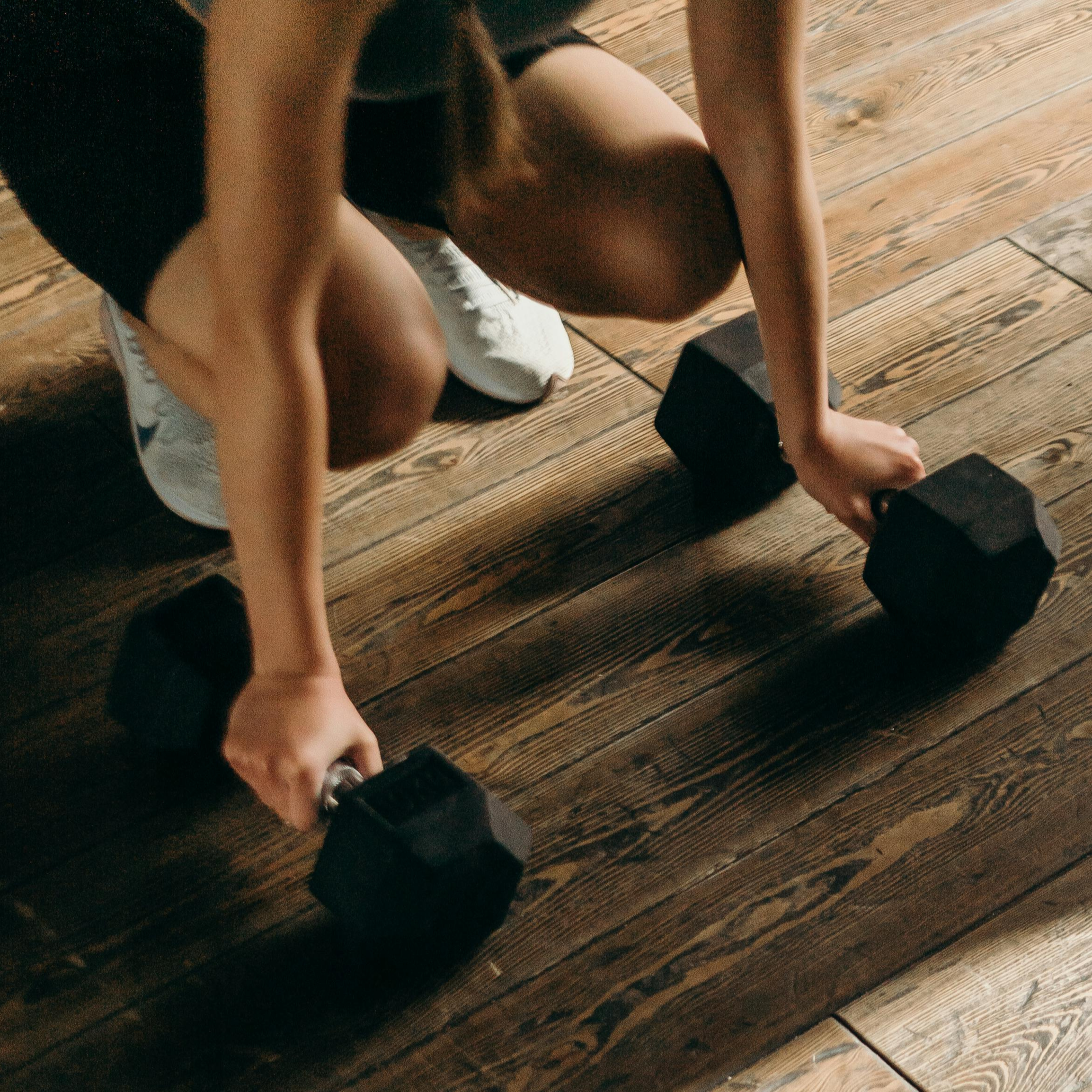Why Strength Training Matters
Navigating osteoporosis has taught me one thing: strength matters at every age.
Whether you're in your 40s, 50s, 60s, 70s—or beyond—strength training isn’t just about building muscle. It’s about preserving independence, protecting bones, and moving through life with confidence and stability.
You don't need a gym or an hour-long block of time. Even 8 minutes of movement can be powerful when it’s consistent and functional.
Photo crdts: Cottonbro Studio
The Science Behind the Benefits
1. Muscle Mass Loss Is Real—but It's Manageable
Starting in our 30s, adults begin to lose about 3–8% of muscle mass per decade, and this process speeds up after age 60 (Volpi et al., 2004). Harvard researchers note that decline often begins around 35, at a rate of 1–2% per year, increasing to nearly 3% annually after age 60 (Harvard Health Publishing, 2022). This loss, called sarcopenia, is a major risk factor for frailty and falls.
The encouraging part? Strength training is one of the most effective ways to counteract sarcopenia.
2. Strength Training Builds Bone, Too
Weight-bearing and resistance exercises signal bones to maintain or even increase density. Just a 3% increase in bone strength can reduce hip fracture risk by about 46% (Verywell Health, 2023).
Meta-analyses show that exercise programs—especially those including resistance training three times per week—can lead to meaningful improvements in bone mineral density (Benedetti et al., 2023).
3. Balance + Strength = Fewer Falls
Over 90% of hip fractures are related to falls (Giangregorio & Ashe, 2009). Exercise interventions that combine resistance and balance training reduce the rate of major osteoporotic fractures by 23% (Nikander et al., 2023) and lower fall rates by a similar percentage (Sherrington et al., 2019).
A Gentle, Functional Sequence with Purpose
This short practice offers four moves that anchor strength, balance, and bone health:
Chair to Standing Pose — Great for strengthening thighs and hips—critical for daily mobility and bone support.
One-Legged Mountain — Improves ankle stability, proprioception, and concentration; wobbling is part of the learning.
Side-Step Squats — Strengthens hips and thighs while training lateral stability to reduce fall risk.
Tadasana (Mountain Pose) — A grounding finale to consolidate strength, posture, and presence.
These movements mirror everyday actions (standing, balancing, stepping) and support bone, muscle, and confidence.
Strength Training After 45: Not Just Possible—but Essential
The evidence is clear:
3–8% muscle loss per decade after 30 (Volpi et al., 2004).
Up to 46% lower fracture risk with modest increases in bone density (Verywell Health, 2023).
23% fewer osteoporotic fractures and falls with exercise interventions (Nikander et al., 2023; Sherrington et al., 2019).
Every squat, every wobble, every pause is a way of protecting your future independence and vitality.
Ready to Begin?
Press play on your 8-minute practice and bring this gentle power into your day.
Let’s build strength—not just for today, but for every chapter ahead.

